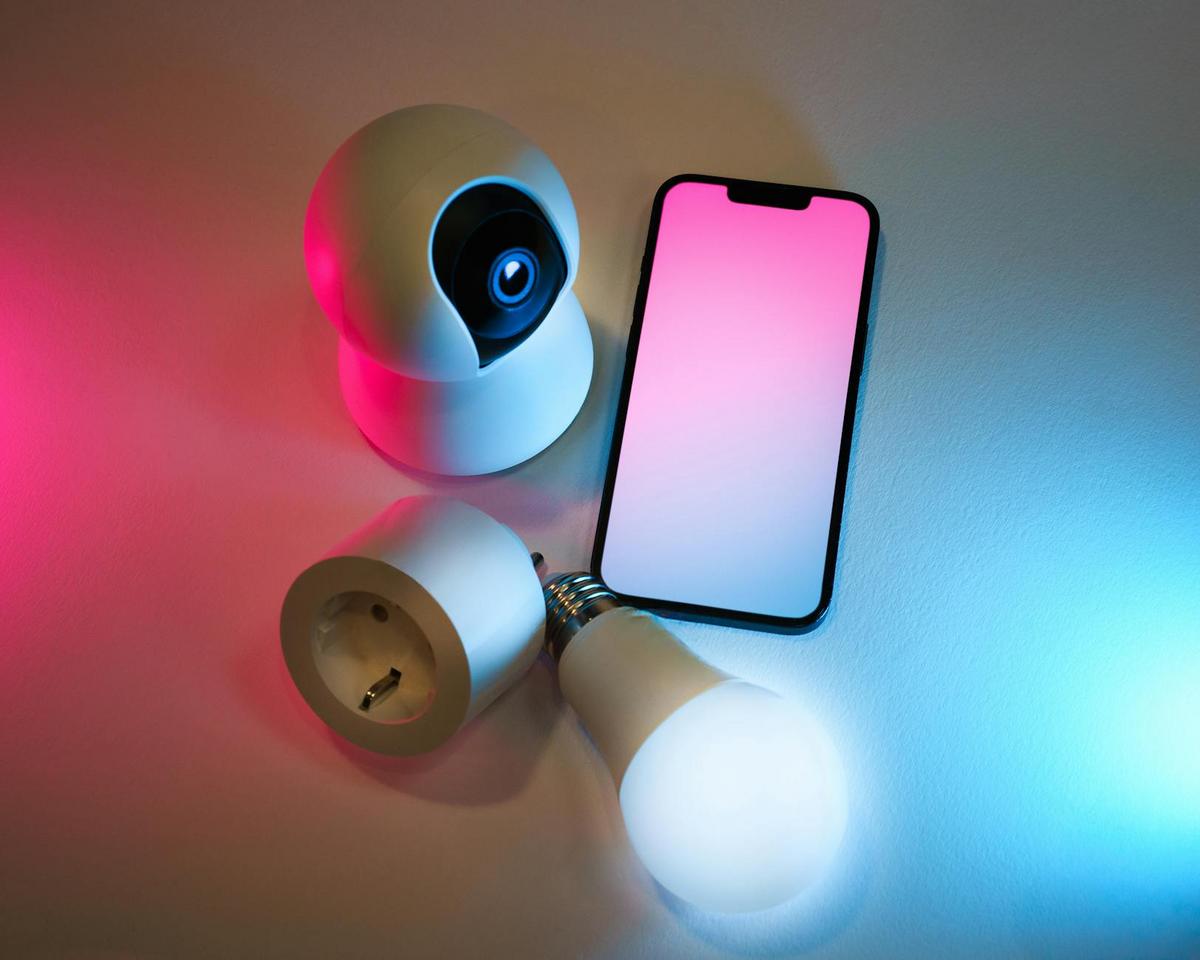
Integrating Smart Home Technology with Your Vehicle
Imagine being able to control your home environment from your car, adjusting the thermostat, turning on the lights, or checking security cameras with just a few taps or voice commands. The integration of smart home technology with vehicles is transforming the way we interact with both our homes and our cars, offering enhanced convenience and security.
As technology continues to evolve, the lines between our homes and vehicles are becoming increasingly blurred. This integration is not just a futuristic concept but a reality, with more drivers embracing the convenience and efficiency it offers. According to a study by Statista, the smart home market is expected to grow significantly, reaching a projected value of over $53 billion by 2022, highlighting the growing interest in smart technology.
Understanding the Integration
Integrating smart home technology with vehicles involves using applications and devices that allow your car to communicate with your home smart systems. This can include anything from using your vehicle’s infotainment system to control smart lights to utilizing voice commands for security features.
Expert Insights
Experts in the field suggest that this integration is driven by the desire for a seamless lifestyle. Alex Johnson, a technology analyst, notes, “The goal is to create a more cohesive experience where the car becomes an extension of the home, providing continuity in how we manage our daily routines.”
Key Features and Benefits
- Convenience: Control home devices like lights, thermostats, and locks directly from your car.
- Security: Monitor home security systems while on the go, offering peace of mind.
- Energy Efficiency: Optimize energy use by adjusting home settings based on your arrival or departure.
Real-Life Example
Consider the experience of Mark, a tech enthusiast who uses his car’s smart system to ensure his home is secure before he arrives. With a simple voice command, he can check if the doors are locked and the alarm is set, making his commute stress-free and efficient.
Getting Started with Integration
If you’re considering integrating smart home technology with your vehicle, here are some steps to get started:
- Research: Explore compatible smart home systems and vehicle technologies.
- Consult Professionals: Speak with experts to understand the best setup for your needs.
- Test Features: Experiment with different functions to find what suits your lifestyle.
Comparison Table of Popular Smart Home Systems
| Feature | System A | System B | System C |
|---|---|---|---|
| Voice Control | Yes | Yes | No |
| Security Monitoring | Yes | Yes | Yes |
| Energy Management | No | Yes | Yes |
| Compatibility with Vehicles | Yes | No | Yes |
| Cost | High | Medium | Low |
| User-Friendly Interface | Yes | No | Yes |
| App Support | Yes | Yes | No |
| Installation Complexity | High | Medium | Low |
Frequently Asked Questions
How can I control my smart home devices from my car?
You can use your car’s infotainment system or a connected app on your smartphone to control compatible smart devices.
Is it safe to operate smart home features while driving?
It’s important to use voice commands or preset automations to minimize distractions while driving.
What if my car doesn’t support smart home integration?
Consider using third-party apps that offer compatibility between your car and smart home devices.
As we continue to embrace smart technology, integrating these systems into our vehicles will likely become commonplace, enhancing convenience and security. By following the steps above and staying informed about the latest advancements, you can make the most of this innovative technology.


